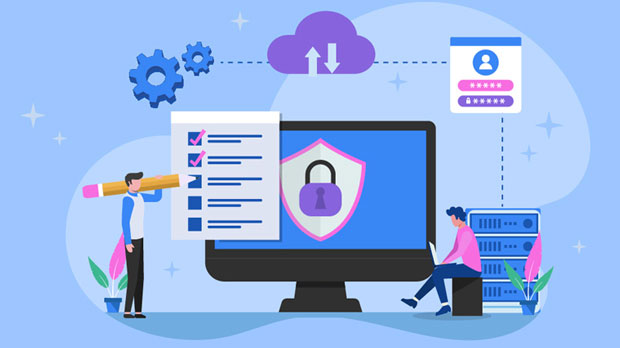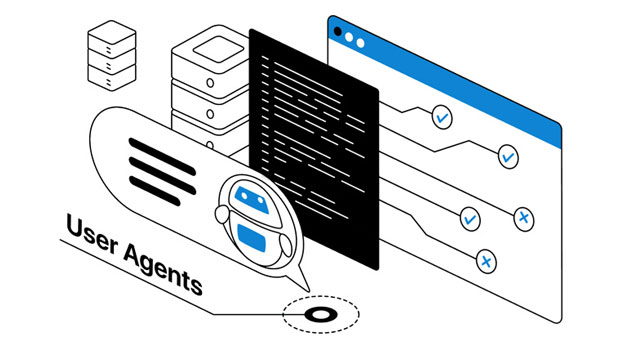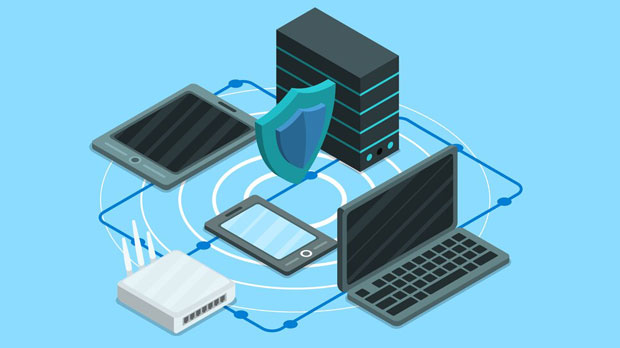In the realm of web scraping and automation, the use of Selenium paired with dynamic ip proxies has become a game-changer. As websites become more sophisticated in detecting and blocking automated requests, using dynamic IP proxies has proven to be a powerful solution. These proxies allow users to hide their true identity, rotate IPs regularly, and bypass geographical restrictions or access limitations imposed by websites. 1. Enhanced Anonymity and PrivacyOne of the primary advantages of dynamic IP proxies in Selenium automation is the increased level of anonymity they offer. Web scraping often involves sending multiple requests to websites, and without proper anonymity measures, your requests can easily be identified as coming from an automated bot. This can lead to temporary or permanent IP bans.Dynamic IP proxies help by regularly changing the IP address used for each request. By doing so, they prevent the target website from tracking repeated requests coming from the same IP address. This not only protects the scraper from detection but also ensures the privacy of the data being collected. With dynamic IPs, it becomes challenging for websites to associate multiple requests with a single user, ensuring that the scraping process remains undisturbed.2. Avoidance of IP Bans and CaptchasAnother significant advantage of using dynamic IP proxies in Selenium automation is their ability to avoid IP bans and Captchas. Many websites have anti-scraping mechanisms in place that detect unusual activity patterns, such as a large number of requests from the same IP address in a short period. When this happens, the website may block the IP address, making it impossible to continue scraping.With dynamic IP proxies, this problem is mitigated. Since the proxy service rotates the IP addresses at regular intervals, it becomes extremely difficult for the website to track and block the source of the requests. As a result, the scraping process becomes more resilient, and users can continue gathering data without encountering restrictions. Moreover, when IP addresses are rotated frequently, the likelihood of triggering Captchas is significantly reduced, allowing the scraper to function smoothly.3. Improved Scraping Speed and EfficiencyDynamic IP proxies can also enhance the overall speed and efficiency of web scraping tasks. When scraping data, especially on large-scale projects, it’s common for websites to impose rate limits on the number of requests that can be made in a given time frame. By rotating through a pool of dynamic IP addresses, users can distribute the load of requests across multiple IPs, thereby circumventing rate limits and ensuring that the scraping process continues without delays.This not only speeds up the overall data collection process but also reduces the chances of throttling. As a result, users can scrape data at a much faster pace, which is essential for projects that require large amounts of data within tight deadlines.4. Geographic Diversity and Access to Geo-Restricted ContentDynamic IP proxies also provide the advantage of geographic diversity, which can be particularly beneficial when scraping geo-restricted content. Many websites serve different content based on the user’s location, and they often block or limit access to users from specific regions. By using proxies from different geographical locations, users can bypass these restrictions and access content as if they were browsing from different parts of the world.For example, if a user is trying to scrape data from a website that restricts access to certain regions, dynamic IP proxies can make requests from different countries, allowing the scraper to bypass regional barriers and gather the required data without restrictions. This geographical flexibility is invaluable for scraping services that need to collect data from multiple regions.5. Reliability and RedundancyDynamic IP proxies provide an additional layer of reliability and redundancy in Selenium web scraping tasks. When scraping at scale, the risk of encountering proxy failures or connection issues increases. However, dynamic IP proxies can help mitigate this risk by offering a pool of IP addresses to choose from.If one IP address is blocked or experiences connectivity issues, the proxy service can automatically switch to another IP in the pool. This ensures that the scraping process continues uninterrupted and without any major downtime. Furthermore, proxy providers typically offer high availability and uptime, making the entire scraping operation more reliable.6. Reduced Latency and Faster ConnectionsIn addition to providing anonymity and avoiding bans, dynamic IP proxies can also help reduce latency and improve connection speeds. When scraping large volumes of data, slow response times can significantly hinder the process, making it less efficient. By rotating IP addresses, dynamic proxies can reduce the load on any single server, which in turn can help improve response times and reduce the chance of connection bottlenecks.This feature is particularly useful for scraping websites that may experience high traffic or slow server response times. By using a variety of IP addresses, the scraping tool can connect to the fastest available proxy, ensuring that the process remains as smooth and efficient as possible.7. Cost-Effectiveness for Large-Scale ScrapingWhile dynamic IP proxies may come with a cost, they are often a more cost-effective solution for large-scale web scraping operations than other alternatives. Without proxies, large-scale scraping can quickly become inefficient and costly, as websites impose blocks and rate-limiting measures that can severely disrupt the process.By using dynamic IP proxies, users can significantly reduce the need for manual intervention to manage bans and throttling. This can save both time and money in the long run. Furthermore, many proxy providers offer flexible pricing models that scale with the size of the scraping operation, allowing users to choose the plan that best suits their needs.ConclusionThe use of dynamic IP proxies in Selenium automation provides numerous advantages, including enhanced anonymity, avoidance of IP bans, improved scraping efficiency, geographic flexibility, and increased reliability. These benefits make dynamic IP proxies an essential tool for businesses and developers who rely on web scraping for data collection. By leveraging dynamic IP proxies, users can ensure that their scraping operations remain efficient, secure, and uninterrupted, enabling them to extract valuable data from websites without facing the common obstacles that often arise in web scraping projects.
Jun 26, 2025





















































